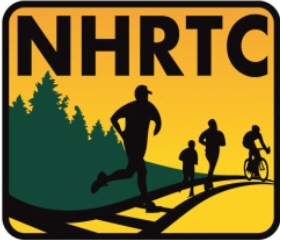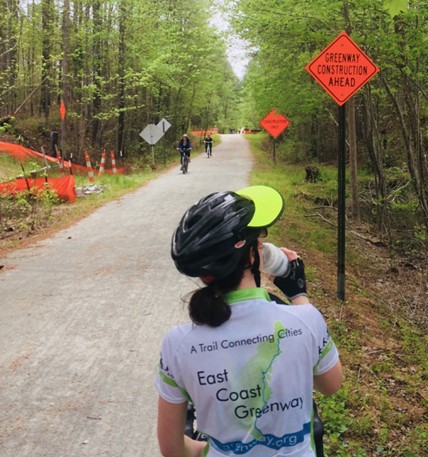
“Our vision is an intercity network that people could bike and walk to destinations across the country.”
[Photo: courtesy East Coast Greenway Alliance]
By Adele Peters 2 minute Read
In Miami, under an elevated rail line in Miami, lies a park with a 10-mile path dedicated to walking and biking. It’s a great asset for Miami cyclists, but it’s also part of a larger, interstate network of trails that will eventually make it possible to ride from Florida to Maine with little interaction with cars. As enormous as that project is, it is only a small part of an even bigger dream: a network of protected bike lanes connecting cities across the country, making it possible to bike from city to city—and ocean to ocean—safely.
The Miami park is call alled the Underline, it will link into the East Coast Greenway project and is an example of the kind of trail that could form car-free connections across the entire country. There are many projects are out there, they just need the funding to complete the construction.
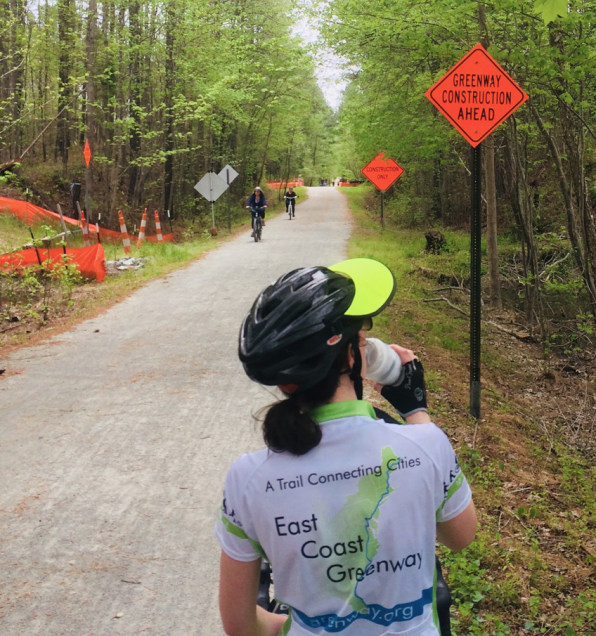
[Photo: courtesy East Coast Greenway Alliance]
There is a project called Greenway Stimulus whose goal is to create a full national network of connected bike and pedestrian paths while simultaneously helping the economy recover from the pandemic. Ten billion dollars invested in greenways, Markatos-Soriano says, could support 170,000 jobs across the country. It could also generate another $100 billion in health and environmental benefits.
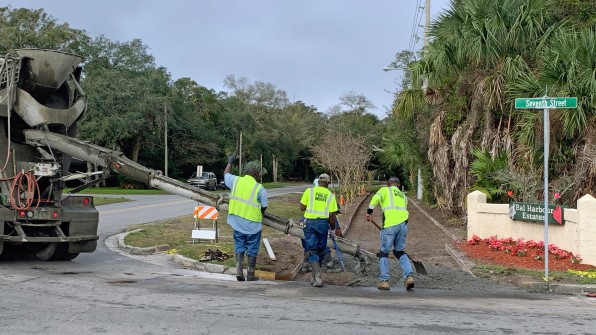
[Photo: courtesy East Coast Greenway Alliance]
“Economists agree that we need fiscal stimulus, greenway construction supports 50% more jobs than highway construction, and it’s building the transportation systems that people want and need right now.
Other ambitious greenway projects are underway, including the Great American Rail-Trail, a cross-country path that aims to connect Washington, D.C., with the State of Washington. More than 1,900 miles of the likely route are already open for biking; the total route will cover 3,700 miles; the East Coast Greenway, traveling up and down the East Coast, has 1,000 miles completed out of 3,000. But the new push for more greenways envisions building the paths everywhere, making it possible to bike to a nearby city as easily as driving.
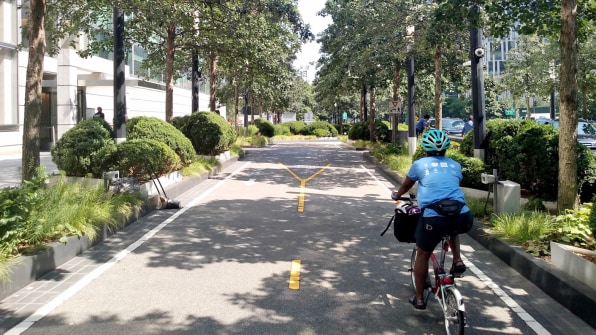
[Photo: courtesy East Coast Greenway Alliance]
“Our vision is an intercity network that people could bike and walk to destinations across the country,” says Markatos-Soriano. The greenways could support traveling long distances, but also everyday transportation. “This is really transforming the way people move in their communities so that we’re getting to destinations like school, to our jobs, to the grocery store, and we can get there in a healthy way, in an active way, by walking and biking. Everyone wants to do that these days, but they don’t have the safe infrastructure to do it.”
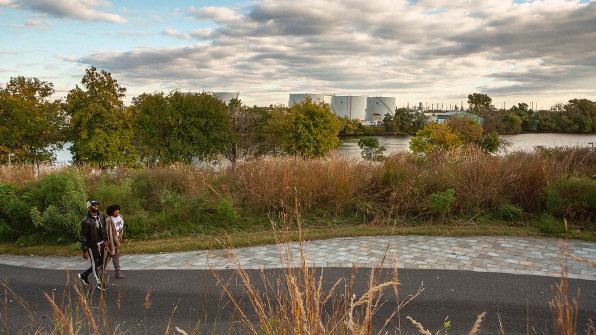
[Photo: courtesy East Coast Greenway Alliance]
There’s bipartisan support for greenways, he says, and the organization is now talking with lawmakers to push more funding to be included in a future stimulus bill. It’s something that’s happening to some degree in other parts of the world. “We know that we can build this,” Markatos-Soriano says. “The resources are there. It’s a matter of allocating those resources in the right direction.”
To read more about the East Coast Greenway click Here:
